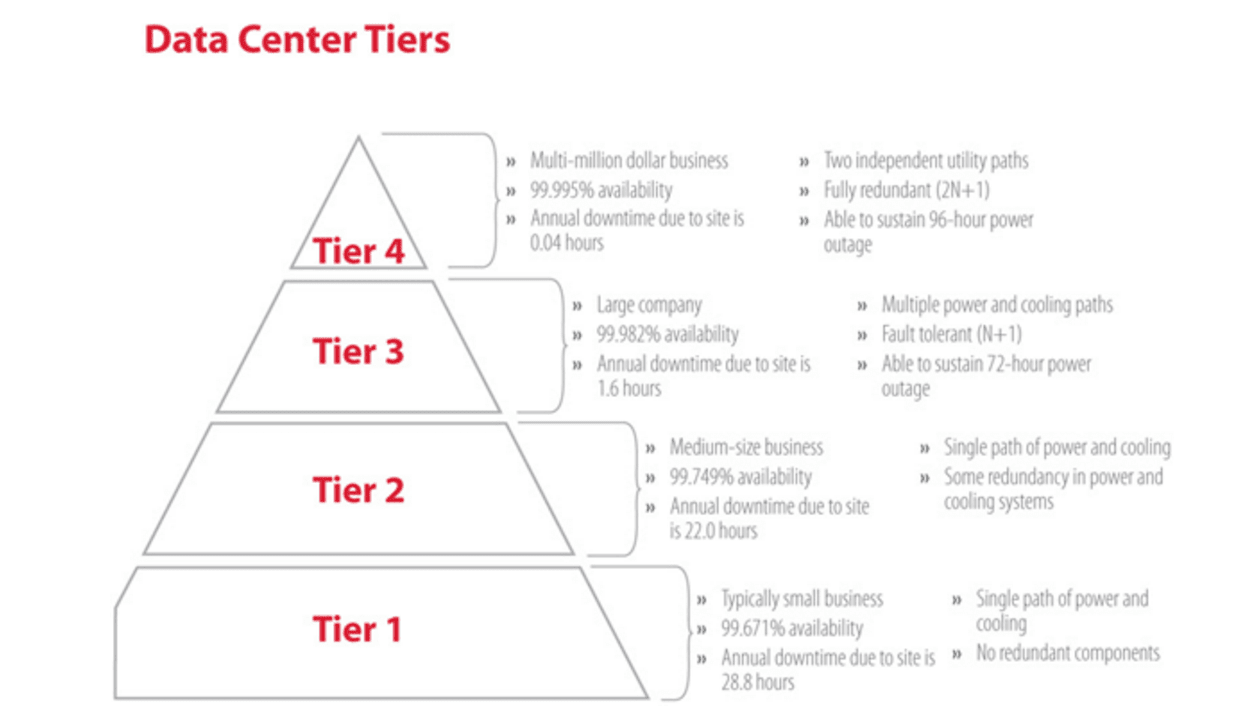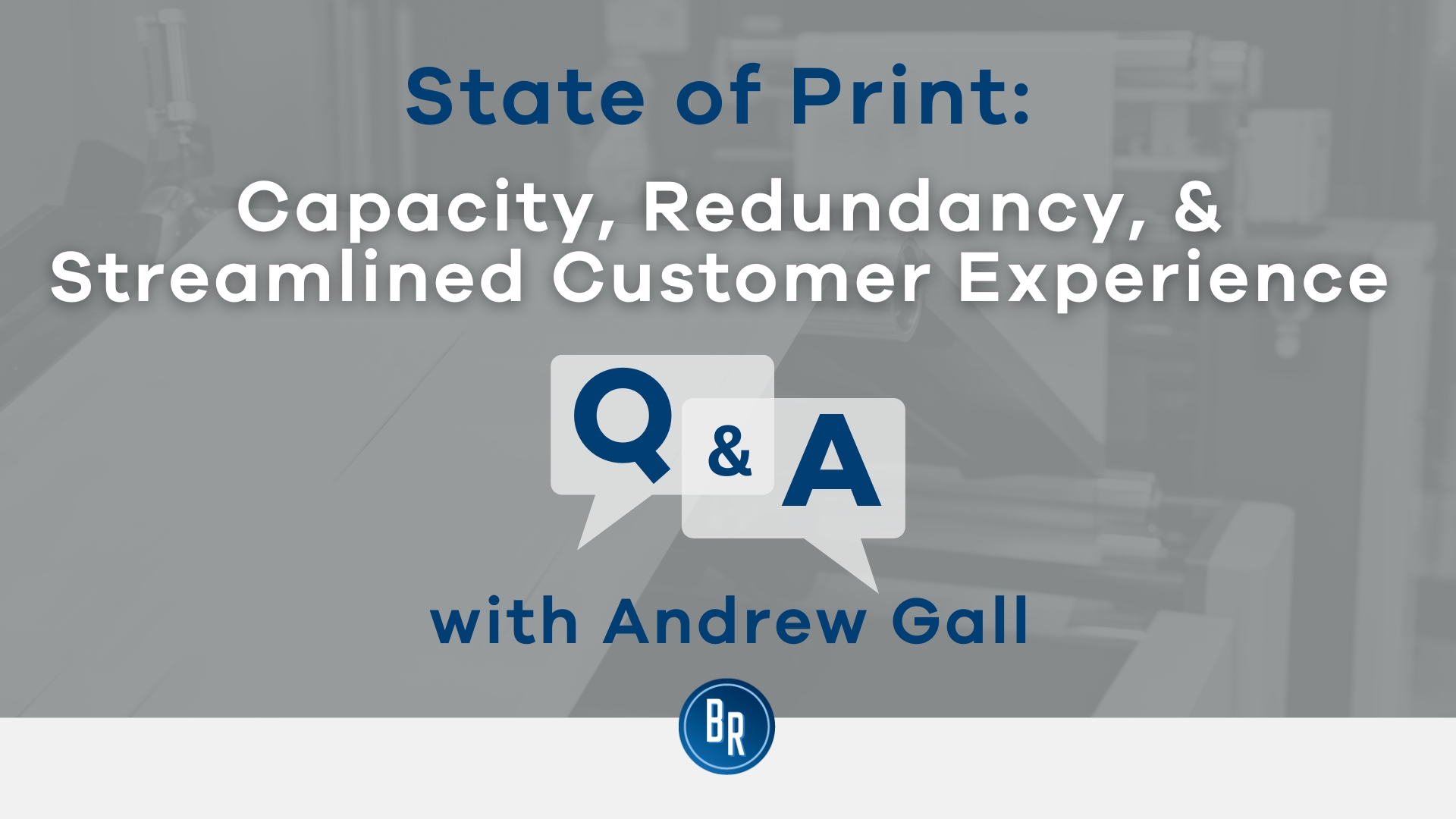What Happens to Redundancy If Company Goes Bust? An Overview to Your Rights
What Happens to Redundancy If Company Goes Bust? An Overview to Your Rights
Blog Article
Investigating the Interplay In Between Company Redundancy and Organizational Adaptability for Future Growth
In the dynamic landscape of today's company world, the complex connection in between company redundancy and business adaptability emerges as an important aspect for sustained growth and success. Companies typically encounter the obstacle of striking a delicate equilibrium in between maintaining a degree of redundancy to alleviate threats and fostering versatility to react swiftly to the ever-evolving market needs.
Relevance of Firm Redundancy
Business redundancy is an essential component that improves business resilience and alleviates operational dangers. By incorporating redundancy steps within the business structure, business can much better stand up to unanticipated disruptions and changes in the service setting. Redundancy acts as a strategic buffer, permitting companies to adapt and react successfully to unexpected difficulties without jeopardizing necessary operations.
One trick element of the value of firm redundancy is its role in making sure connection during times of situation. When confronted with sudden adjustments or emergency situations, repetitive systems, sources, or personnel can tip in to keep crucial features and prevent prevalent interruptions. This connection not only safeguards the company's credibility and client trust yet likewise reduces monetary losses and operational downtime.

Strategies for Business Flexibility

Another crucial method is purchasing innovation and infrastructure that can sustain flexibility and scalability. Applying electronic tools, automation, and information analytics can improve operations, improve effectiveness, and supply valuable insights for notified decision-making. Moreover, creating adaptable business frameworks that enable fast adjustments to market characteristics and consumer demands is vital for staying competitive in a rapidly progressing setting. By proactively identifying possible disruptions and chances, companies can proactively grow and adjust in an ever-changing service landscape.
Balancing Redundancy and Flexibility
Achieving a harmonious equilibrium in between functional redundancy and organizational adaptability is extremely important in navigating the complexities of a dynamic service atmosphere. Redundancy within a firm provides a security web, making certain connection and security click to read more in procedures. Nonetheless, an unwanted of redundancy can result in inadequacies and hinder adaptability to altering market problems. On the other hand, organizational flexibility allows companies to react immediately to outside disturbances and confiscate brand-new opportunities. Striking the ideal balance between redundancy and versatility is a delicate procedure that needs a deep understanding of the organization's objectives, sector dynamics, and risk resistance.
To accomplish this balance, companies require to conduct regular analyses of their operations to recognize areas where redundancy is essential for threat reduction and where adaptability can drive innovation and development. Executing versatile frameworks, cultivating a society of continual knowing and renovation, and urging open communication throughout all degrees of the company are vital techniques to integrate redundancy and flexibility effectively. By straightening these 2 essential aspects, firms can position themselves for lasting growth and success in an ever-changing company landscape.
Study on Adaptation Success
In checking out circumstances of effective business adjustment, it becomes apparent that the interaction between operational redundancy and flexibility is a defining go to my site aspect in forming durable businesses. A DVD rental service, Netflix showed impressive versatility by transitioning into a streaming system when digitalization interfered with the industry. These case studies highlight the value of operational redundancy combined with organizational versatility in cultivating long-lasting growth and competitiveness.
Building Durability for Future Growth
Building durability for future growth calls for a critical positioning of operational processes with market characteristics and arising fads. Business must adjust to transforming environments by fostering a society of versatility, technology, and continuous enhancement. Resilience includes not just jumping back from problems however likewise proactively preparing for future challenges. One key facet of building resilience is buying durable threat monitoring approaches to alleviate potential interruptions. This includes scenario planning, expanding supply chains, and establishing backup prepare for different backups (who pays redundancy money).
Furthermore, fostering solid relationships with stakeholders, such as consumers, employees, providers, and the area, is necessary for weathering unpredictabilities and maintaining trust and assistance during turbulent times. Reliable interaction and transparency play an important role in building strength, as they help promote and align assumptions cooperation in navigating unpredictabilities.
Furthermore, organizations require to prioritize understanding and growth campaigns to upskill staff members and equip them with the needed devices to adjust to transforming conditions. By purchasing their labor force, firms can enhance click here for more their flexibility and dexterity, eventually reinforcing their strength for sustainable future development.
Final Thought

In the dynamic landscape of today's service world, the elaborate partnership in between company redundancy and organizational adaptability arises as a vital factor for continual growth and success. Companies typically deal with the obstacle of striking a fragile equilibrium in between keeping a level of redundancy to minimize risks and fostering adaptability to respond swiftly to the ever-evolving market demands.To attain this equilibrium, business require to carry out regular analyses of their procedures to determine areas where redundancy is required for threat mitigation and where versatility can drive innovation and growth.In final thought, the interaction in between business redundancy and organizational versatility is vital for future development. Building strength with a combination of redundancy and adaptability will ensure that firms are prepared for the difficulties of the future.
Report this page